Backend Development Services
BackEnd Services Provided by Yojji
Pros of backend development with Yojji
Any technology
We work with all top-notch technologies and implement the best methods to achieve the greatest results.
End to end solution
Our team can cope with every task, from particularly back-end development to turnkey product development and launching the market.
Integration and support
We do not stop with single back-end development services. Our work is to deploy it, integrate it into your ecosystem, and provide its maintenance.
Key components of reliable backend
Performance
Our back-end development services include the implementation of state-of-the-art technologies which guarantee the best performance of the product.
Scalability
We do understand the importance of scaling up the product. Thus, our back-end development services provide the highest possible scalability for each project we take into work.
Security
We use the new-gen security protocols to ensure the highest protection level for the product. We implement risk management and DevSecOps principles to maintain top-notch security in our back-end development process.
Our Approach to Backend Development
Process of Backend Development
01
Entities and relations diagram
02
Database design
03
Design endpoints and documentation
04
Implement API
05
Writing tests & Deployment
StudyHall - Online platform for teachers and students
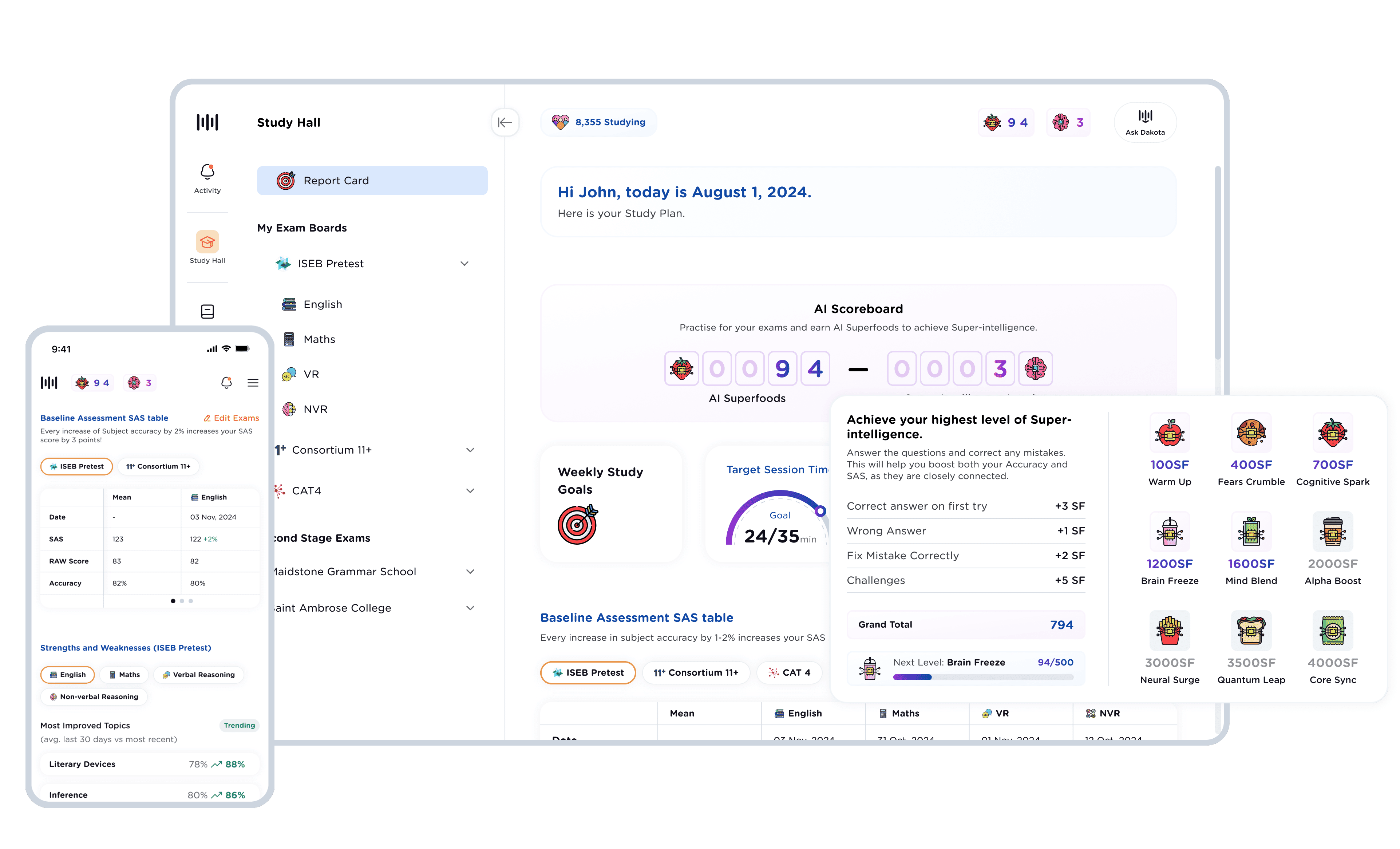
An innovative EdTech platform that leverages artificial intelligence to provide personalized learning experiences. It offers a wide range of interactive tools designed to help students and professionals enhance their knowledge, improve retention, and achieve their learning goals more effectively.
STB Union — on a Mission to Make Finances Convenient for Everyone
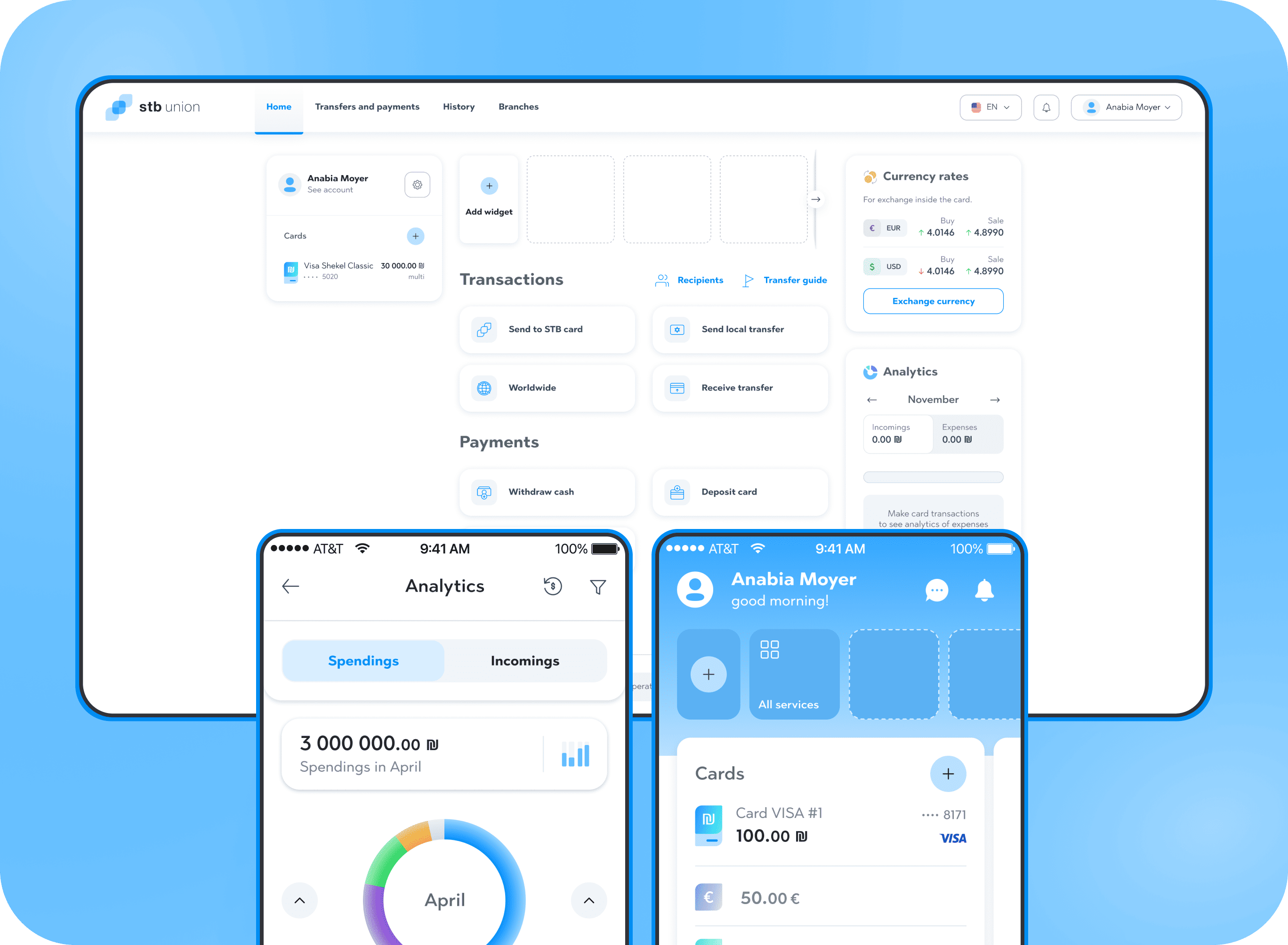
STB Union, a major FinTech player, partnered with Yojji to evolve from a traditional currency exchange network into a modern financial marketplace. The project aimed to develop a secure, scalable platform for multi-currency wallets, international transfers, and digital card services, using React JS, React Native, and Java to enhance STB Union’s service offerings and strengthen its position in FinTech.
CSI Helsinki Leading Legal Software Solutions
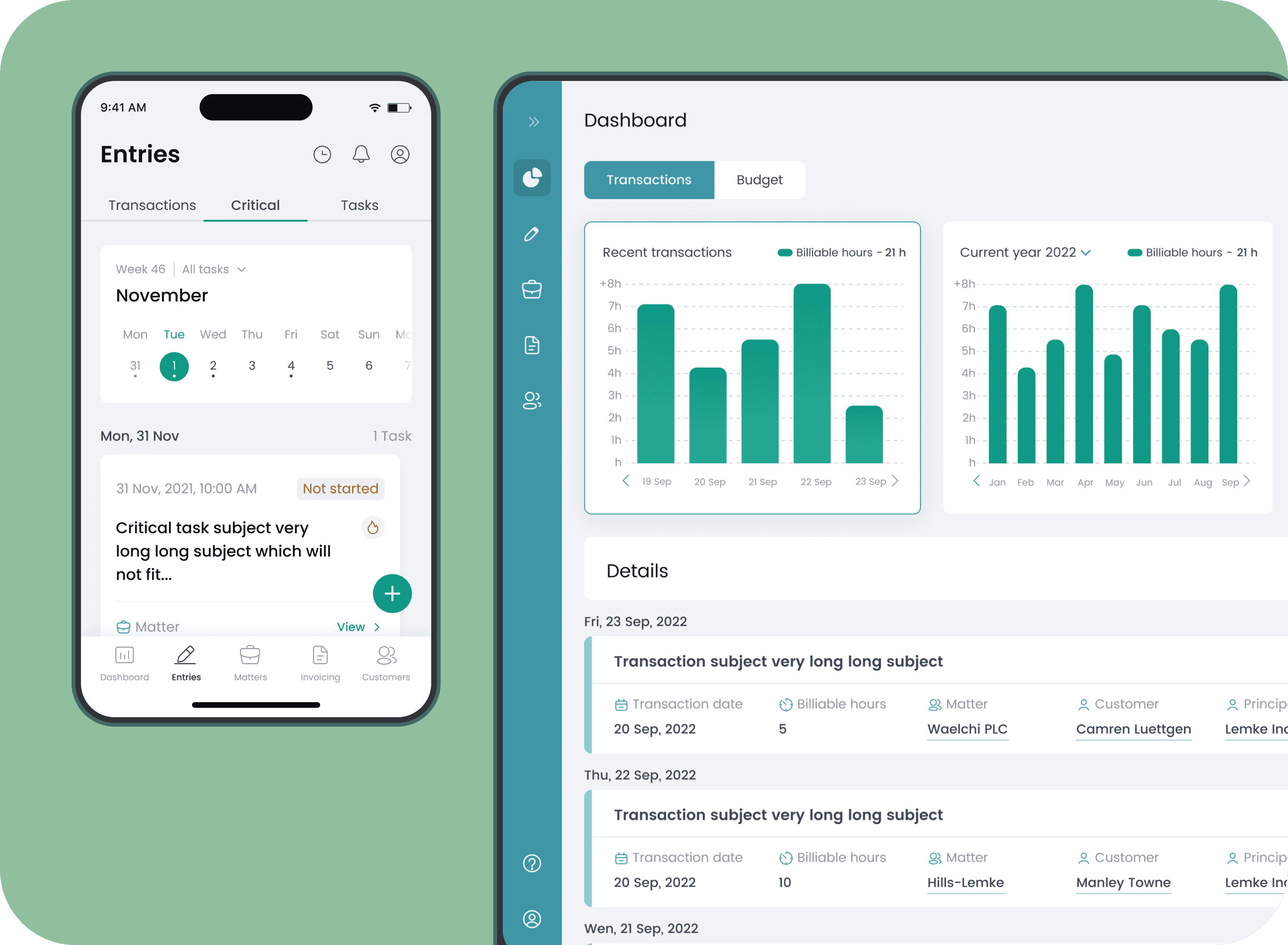
CSI Helsinki, a top software provider for the legal industry, offers a robust desktop application that streamlines lawyers' workflows with task tracking, invoicing, and communication tools. Known for its reliable service, CSI Helsinki has built a strong reputation as a trusted partner for law firms.
A matter of design
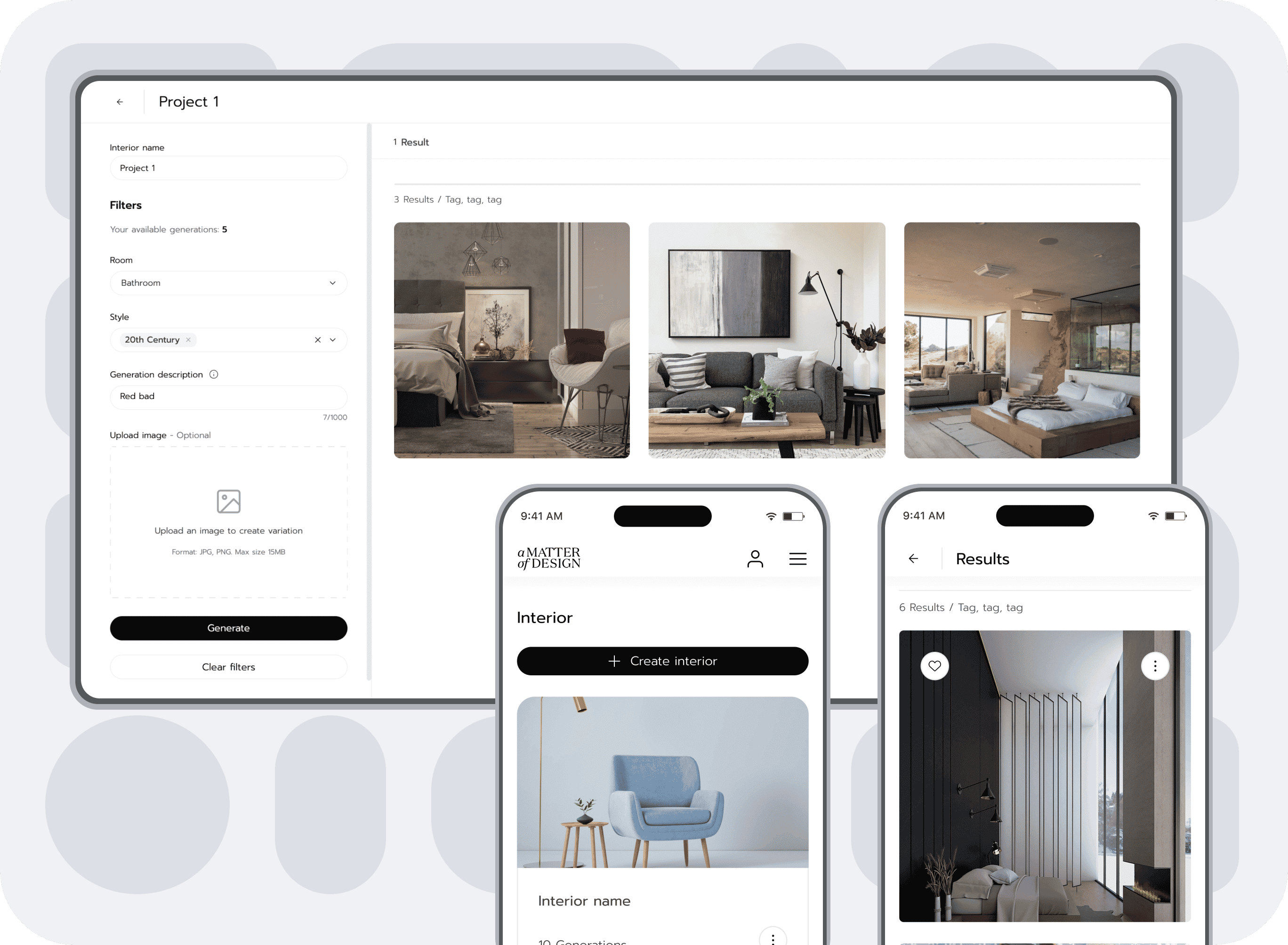
Discover AMOD, an AI-powered interior design and furniture shopping platform in Hong Kong, transforming the design experience with user-centric technology. This case study reveals AMOD’s journey - its goals, achievements, and strategies - creating a digital space for design enthusiasts and furniture lovers, reshaping the furniture shopping experience.
Worldwide Remittance SaaS Platform
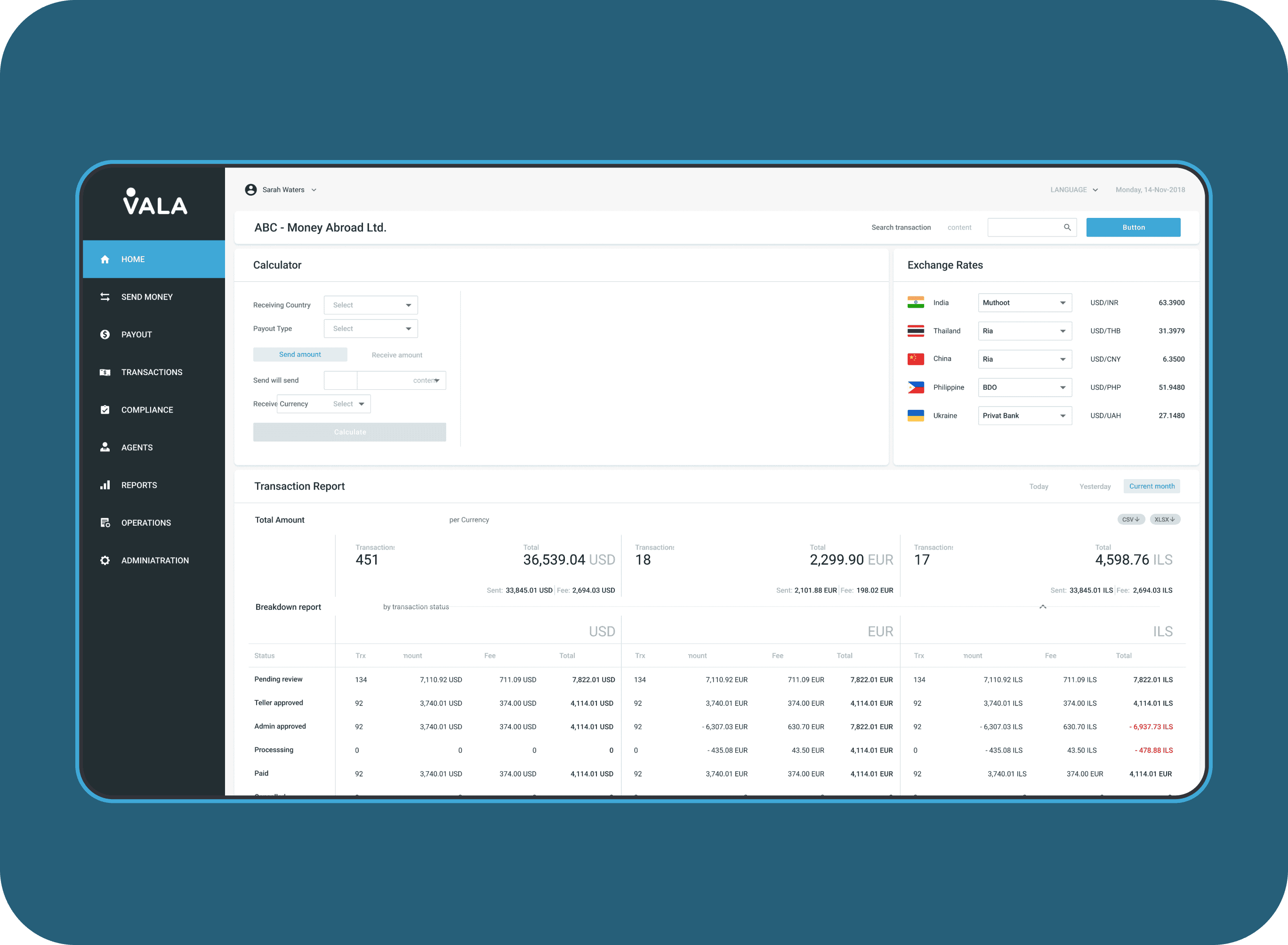
Vala facilitates direct money transfers between businesses, reducing transaction costs and creating new revenue streams. Our team handled the UI design, revamped the application’s admin panel, and built a mobile version from scratch. Ultimately, we were given full autonomy over project design and development decisions.
Time Track System
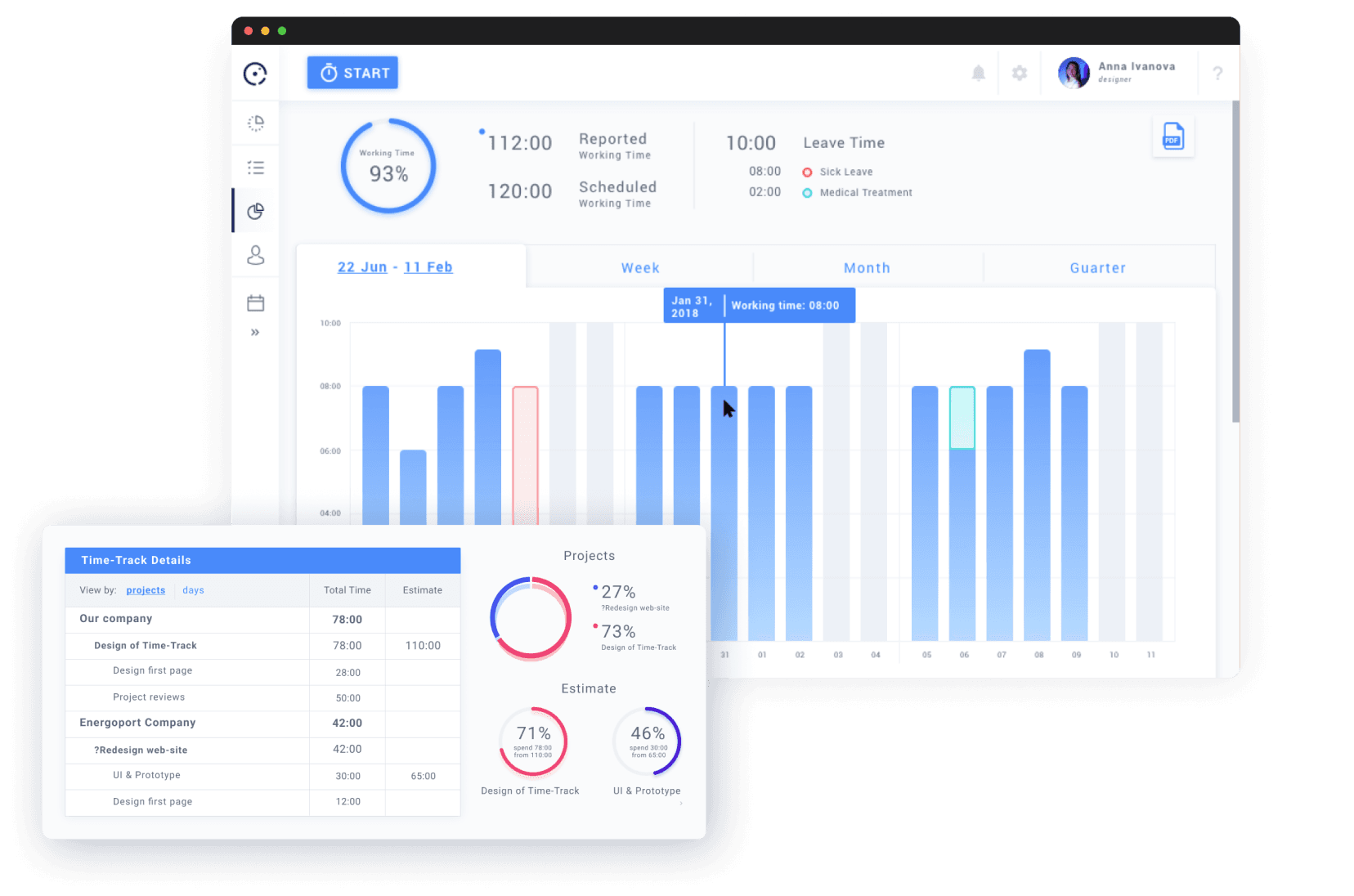
The Time Machine app is designed to easily track and manage work hours. It features weekly timesheets for setting time frames and adding comments, all within an intuitive interface. We created this app to meet the client’s requirements, enabling employees to track task time by project and fostering streamlined team communication. Additionally, it provides top managers with tools to assess individual performance effectively.
Covid-19 Symptom Screening & Tracking for Schools
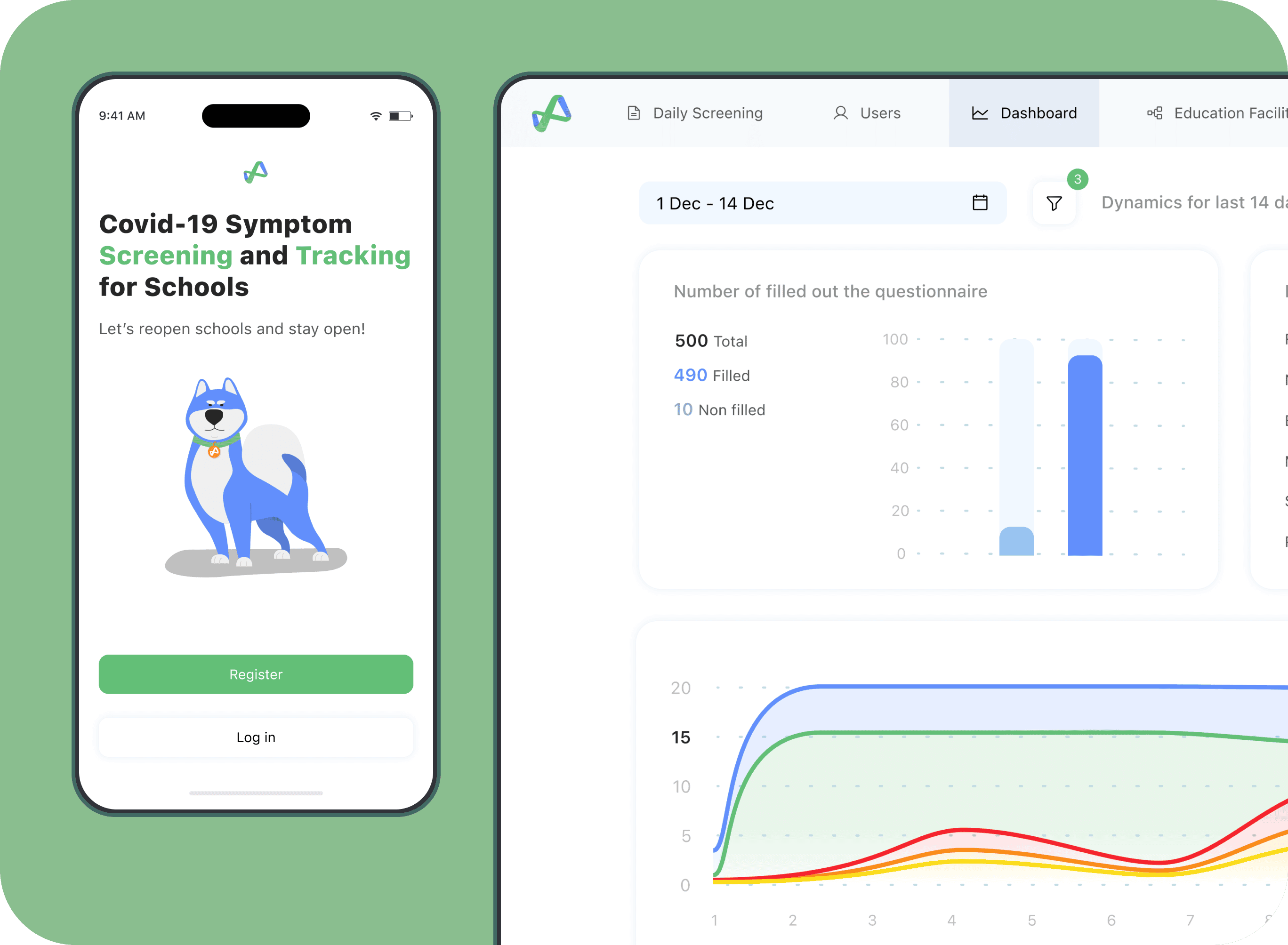
Symptomatical is a symptom management system developed to help companies and schools reopen safely and proactively manage COVID-19 risks. Our team enhanced the platform with analytics tools, an admin dashboard, a secure authorization system, a dedicated landing page, and Stripe API integration. This solution supports daily health screenings, enforces safety protocols, and ensures seamless operational continuity.
Frequently asked questions
If any of the questions haven’t been covered yet, in this section, you may probably find the answers.
Yojji successfully delivered the project within schedule. They demonstrated excellent project management via weekly sprint demos and promptly made adjustments based on the client's feedback. Their responsiveness and collaborative attitude were key elements of their work.

5.0
Yojji was an instrumental part of the client’s team, working closely with them to achieve the product’s success. The team was very collaborative and timely, and their performance was amazing. Additionally, their resources were experienced, professional, and enjoyable to work with.

5.0
Yojii is impressive both in quality of development work as well as their commitment. Strong focus on delivery, highly technical personnel, flexible approach that allows for rapid development. Strong processes that allow for solid controls.

5.0
We’re very happy with the way that Yojji works, which is why we’ve spent so much money and engaged them for such a long time. We treat them as employees in regard to responsibilities and expectations, and they haven’t disappointed us.

5.0
As a company, we find Yojji to be excellent development partners - we cannot recommend them more highly and will be very happy to continue working with them in the future.

5.0
They are really nice people with excellent technical backgrounds.

5.0
We used Agile project management methodology and were in contact with the team and project manager daily.

5.0
They all had a super positive outlook and were dedicated to getting the work completed to a high standard.

5.0
Yojji has delivered an accessible product with thorough consideration for the client's requirements. Users have commented on the platform's user-friendliness and speed. Moreover, the team is easy to communicate with and provides frequent updates. Their development and design skills are impressive.

5.0
